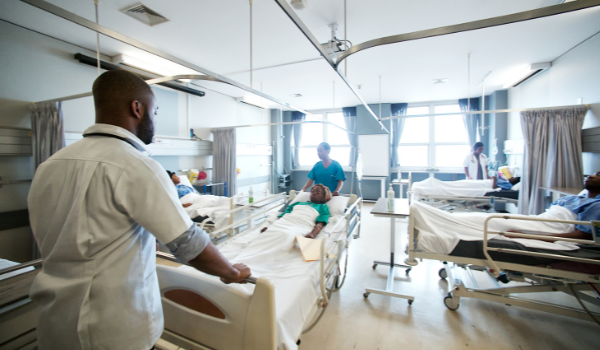Second Opinion Programs: What About Physician Burnout?
Dr. William Osler said that “the practice of medicine is an art, not a trade; a calling,
not a business; a calling in which your heart will be exercised equally with your head."
Posts about:

Dr. William Osler said that “the practice of medicine is an art, not a trade; a calling,
not a business; a calling in which your heart will be exercised equally with your head."

In this series of blogs, Translating Healthcare, we will highlight and break down the meaning of phrases and terminology that are increasingly used, but not always widely understood. Today, we'll be unpacking the definitions of synchronous and asynchronous and examples of how they apply to the medical world.
On a basic level it might be clear that these two words refer to opposing things and have something to do with time… but how does their meaning they apply to healthcare?

A full, consistent schedule is the bread and butter of any successful medical practice. Patients who miss their appointments, no-shows and last-minute cancellations can have a huge impact on your practice’s financial health.

In the wake of COVID-19, competition for clinical talent has never been more fierce. Health systems were already up against staffing shortages, high turnover rates, and an epidemic of provider burnout before the virus swept across the globe. After the pandemic, the Association of American Medical Colleges (AAMC) projects that physician shortage could be as high as 139,000 physicians by 2033, with an annual turnover rate of six to seven percent.

If you are like most practices, the words “virtual care” have become critical to your survival. With the changes the world has faced as a result of the COVID-19 pandemic, facilities that once relied exclusively on in-person treatment have been forced to explore ways to meet their patients’ needs without always seeing them face-to-face. By 2021 and 2022, most practices have used telehealth software to enable a virtual meeting with a patient. These programs allow physicians to talk through simple issues with patients during a live video consultation. But what about complex cases, chronic issues, or complicated cancer diagnoses? What if your practice offers specialized care that requires an assessment of a patient’s case history?
Basic telehealth tech does not typically have an answer for these questions as the systems lack a comprehensive method for aggregating and presenting health information, especially for records like test results and radiology scans. It’s for these cases that your virtual care toolbox needs to include a method for Remote Second Opinions. But what is a Remote Second Opinion (RSO)?
Well, I’m glad you asked…